THE WHEEL COUPLING – WORK OF ART AND LABOUR OF LOVE
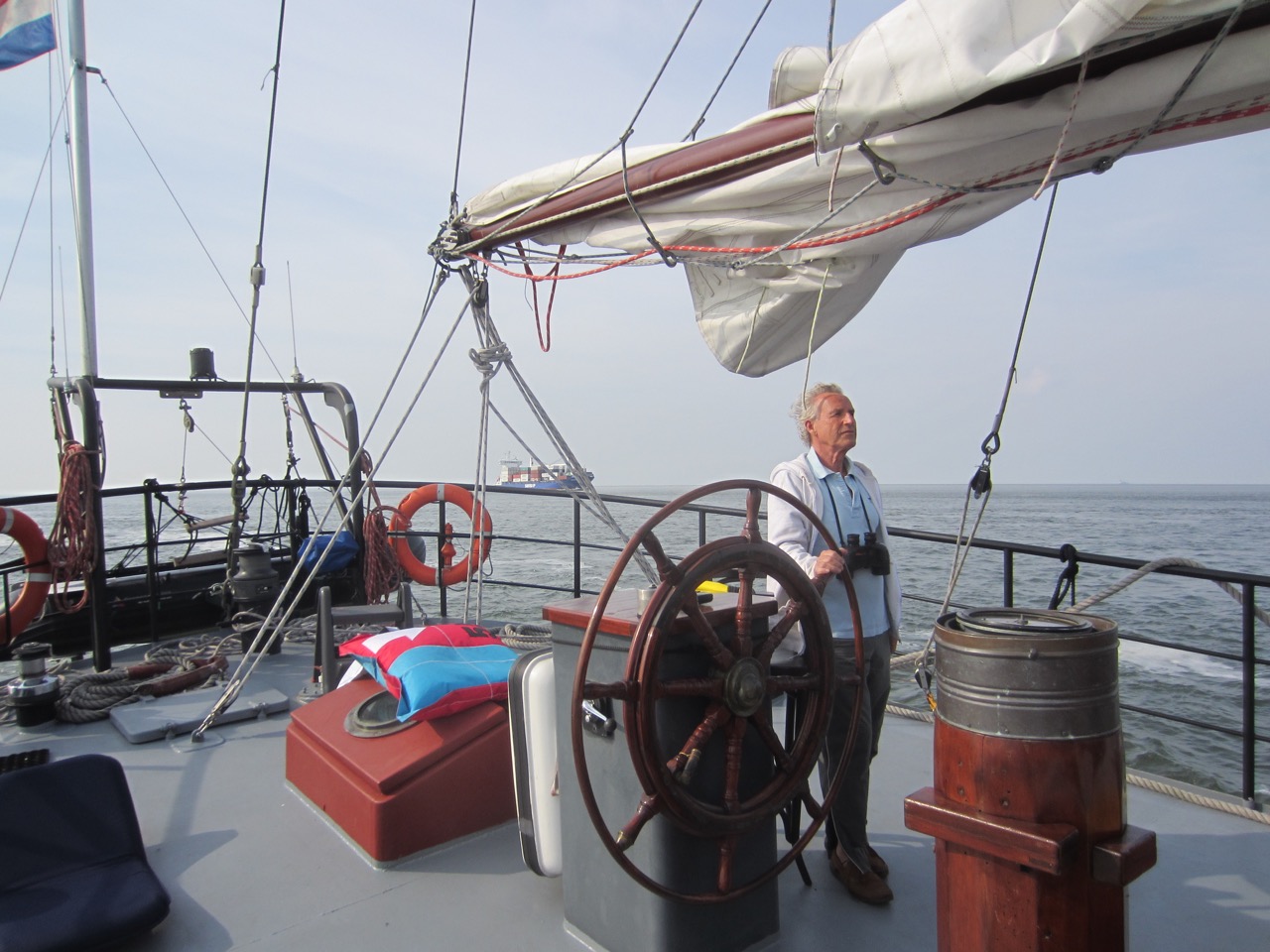
The steering question – tiller or wheel – is usually the first thing I ask once the pleasantries are out of the way. The answer has a lot riding on it, because the type of steering in use determines whether the force from the servo-pendulum system can be applied to the rudder quickly and directly via the tiller or must be channelled from wheel to rudder via the (often inaccessible) blocks, cables, shafts, joints, push rods and/or gears that make up the (longer and much more susceptible to slack and friction) basement route.
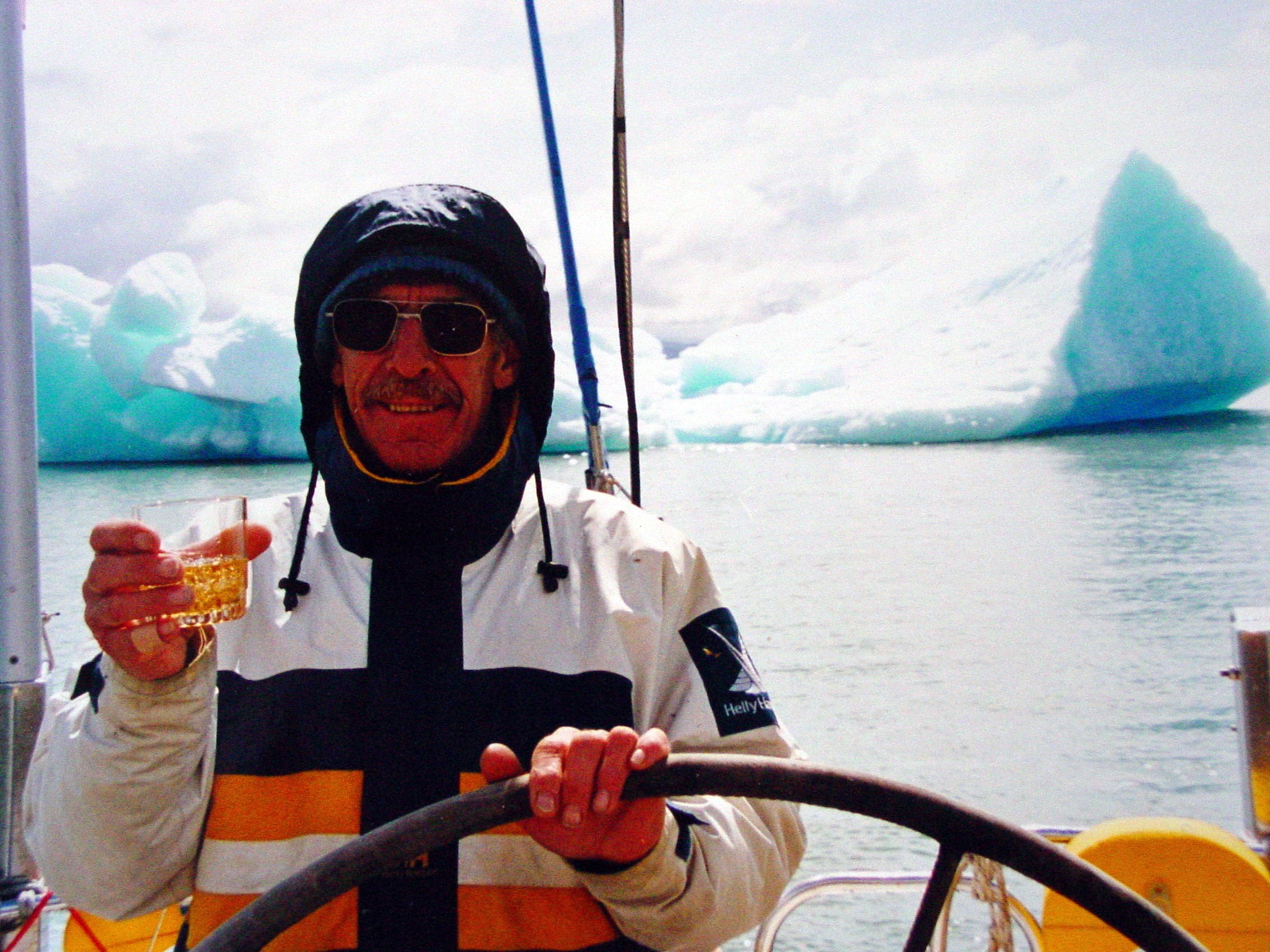
OUR GLORIOUS CAPTAIN HAS THE WHEEL
Why do some small boats have wheel steering? The first explanation that comes to mind for me is that having a wheel to stand at and hold always makes the skipper look his or her best. In truth, even large yachts can be managed very well with a tiller, although the visual impression may not be as awesome (reversing harbours particular risks for the image-conscious but unwary skipper, as too much speed coupled with insufficiently firm control can see a long tiller launch the helmsman across the cockpit in a way that could never happen with a wheel).
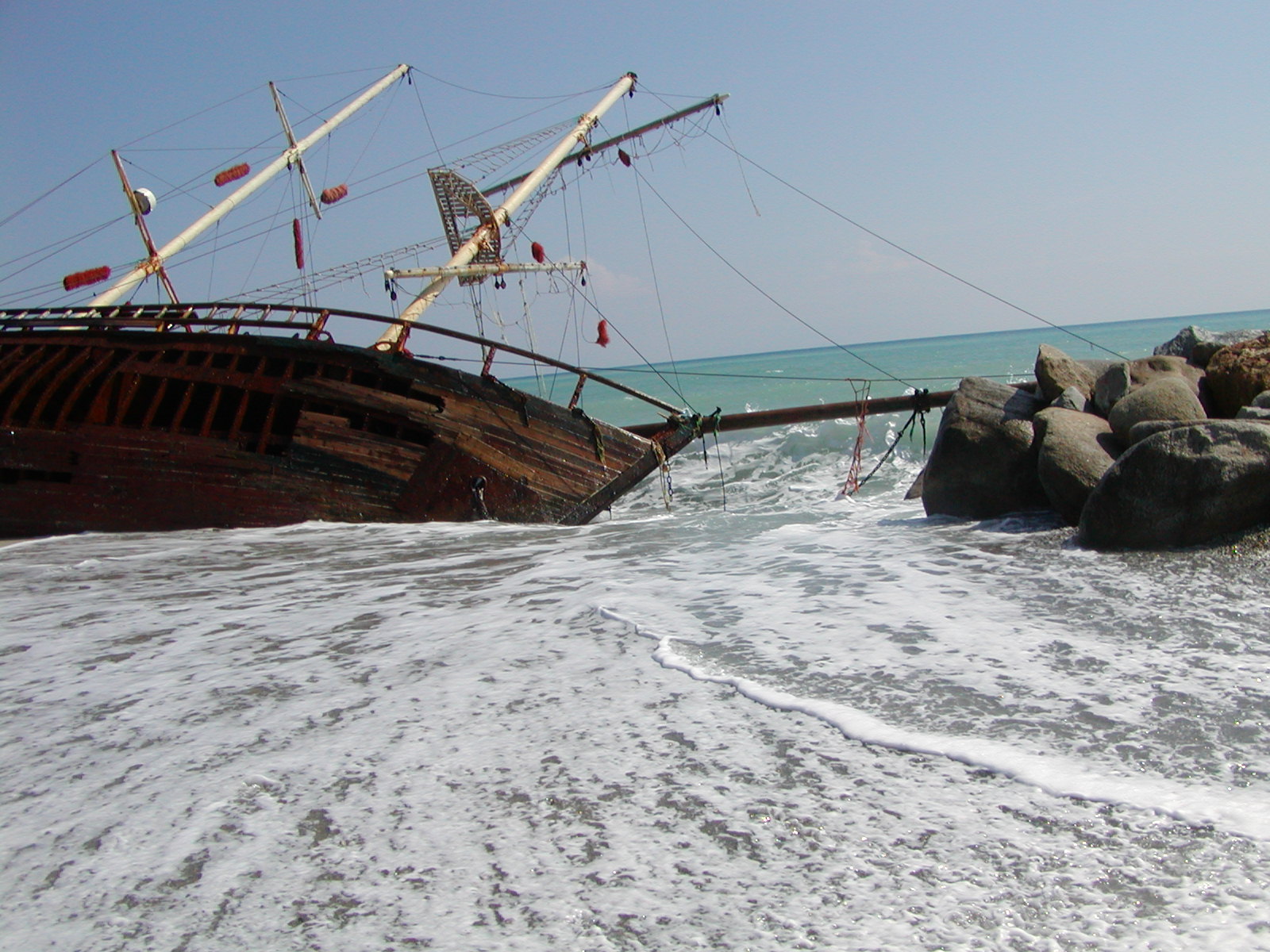
I am not giving much away if I reveal that problems with wheel steering systems are among the most feared setbacks for bluewater sailors today, not least because the failure of a wheel steering system can easily trigger a cascade of events that places boat and crew in jeopardy.
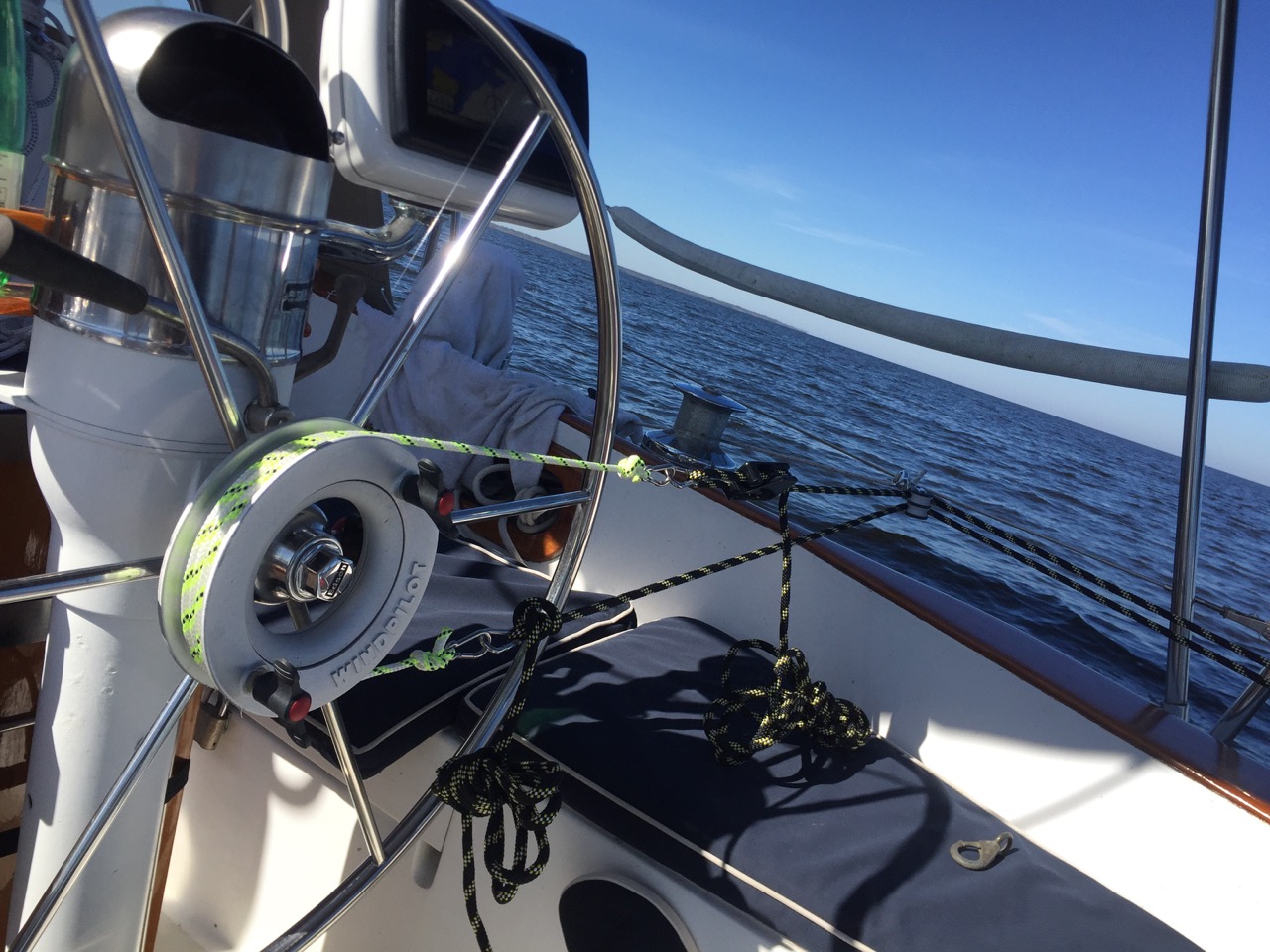
WHEEL ADAPTORS
The issue of how to interface the self-steering system with the wheel has been solved in a number of different ways over the years. I – alone in the market – adopted the disk brake principle for my wheel adaptor decades ago (in 1985, to be precise) because of this design’s ability to protect the whole system and the components connected to it simply and effectively against excess loads.
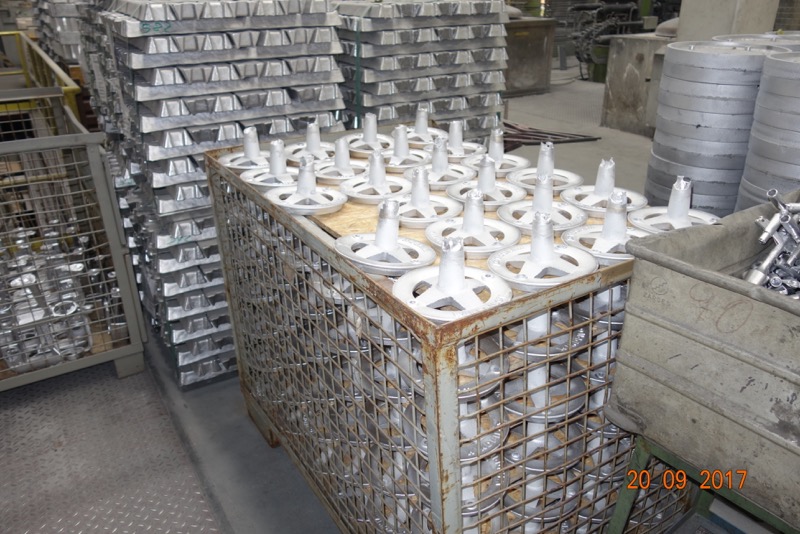
Writing something (like this) about my wheel adaptor has been on my mind for months, in fact ever since I first committed my days and nights to the manufacture of this unobtrusive yet intricate component. The boss and I each have our own distinct role in the process:
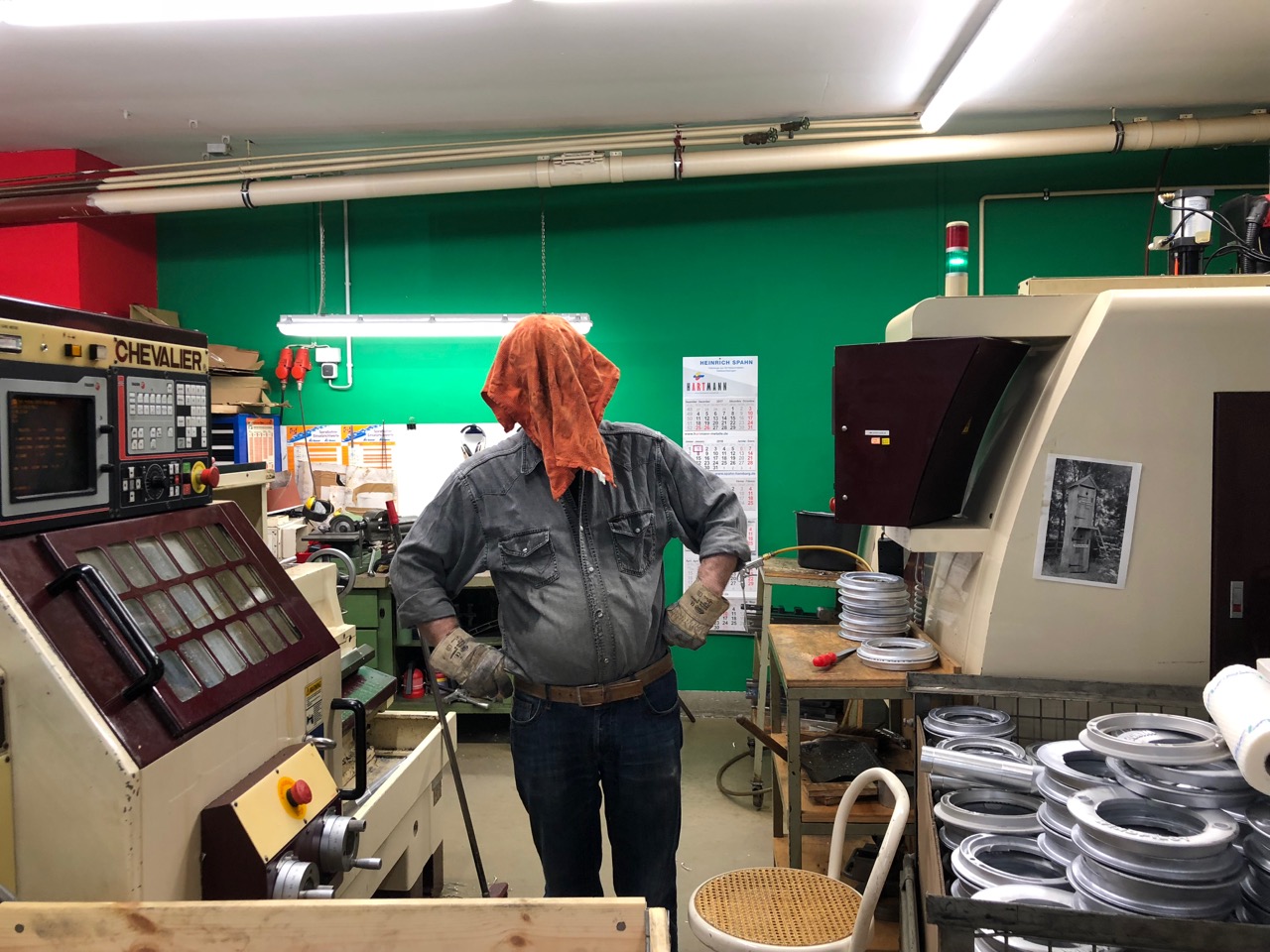
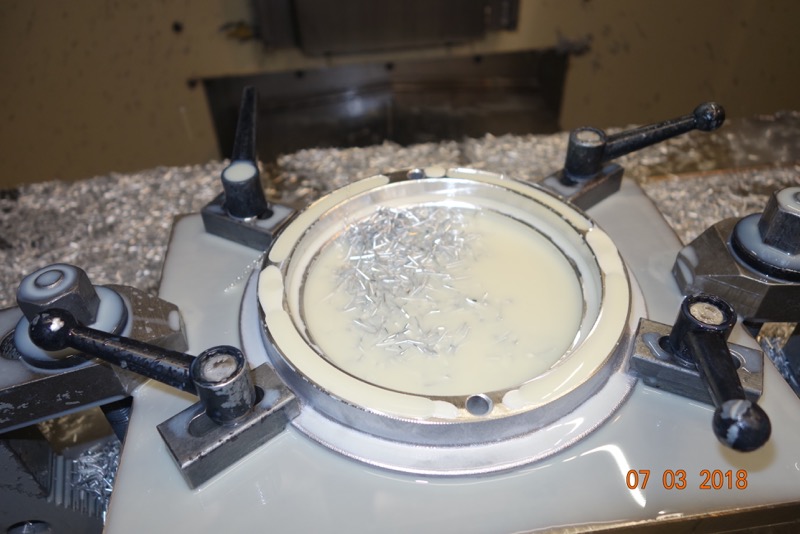
I look after machining the castings, she deals with the fine motor skills side of things – stamping out Teflon bearings, installing small parts and putting all of the components together before securely wrapping the finished article in a smartly folded and taped bag.
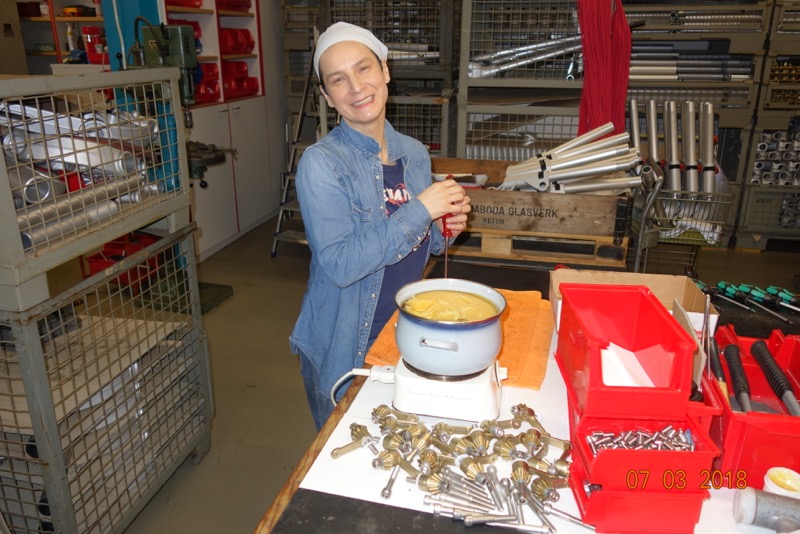
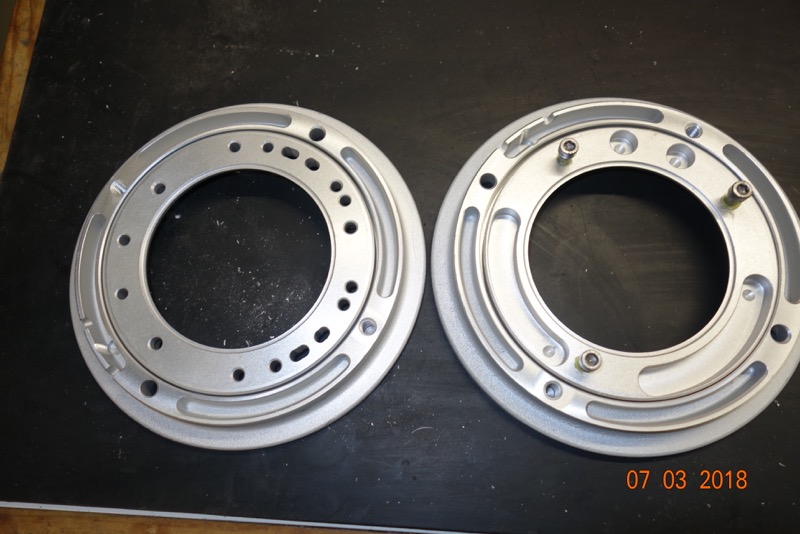
The extraordinary amount of work involved in producing something so small never ceases to amaze us.
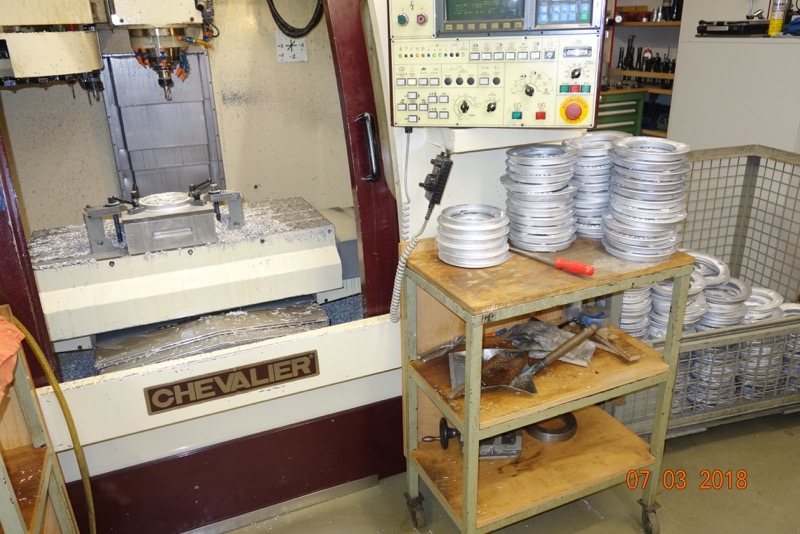
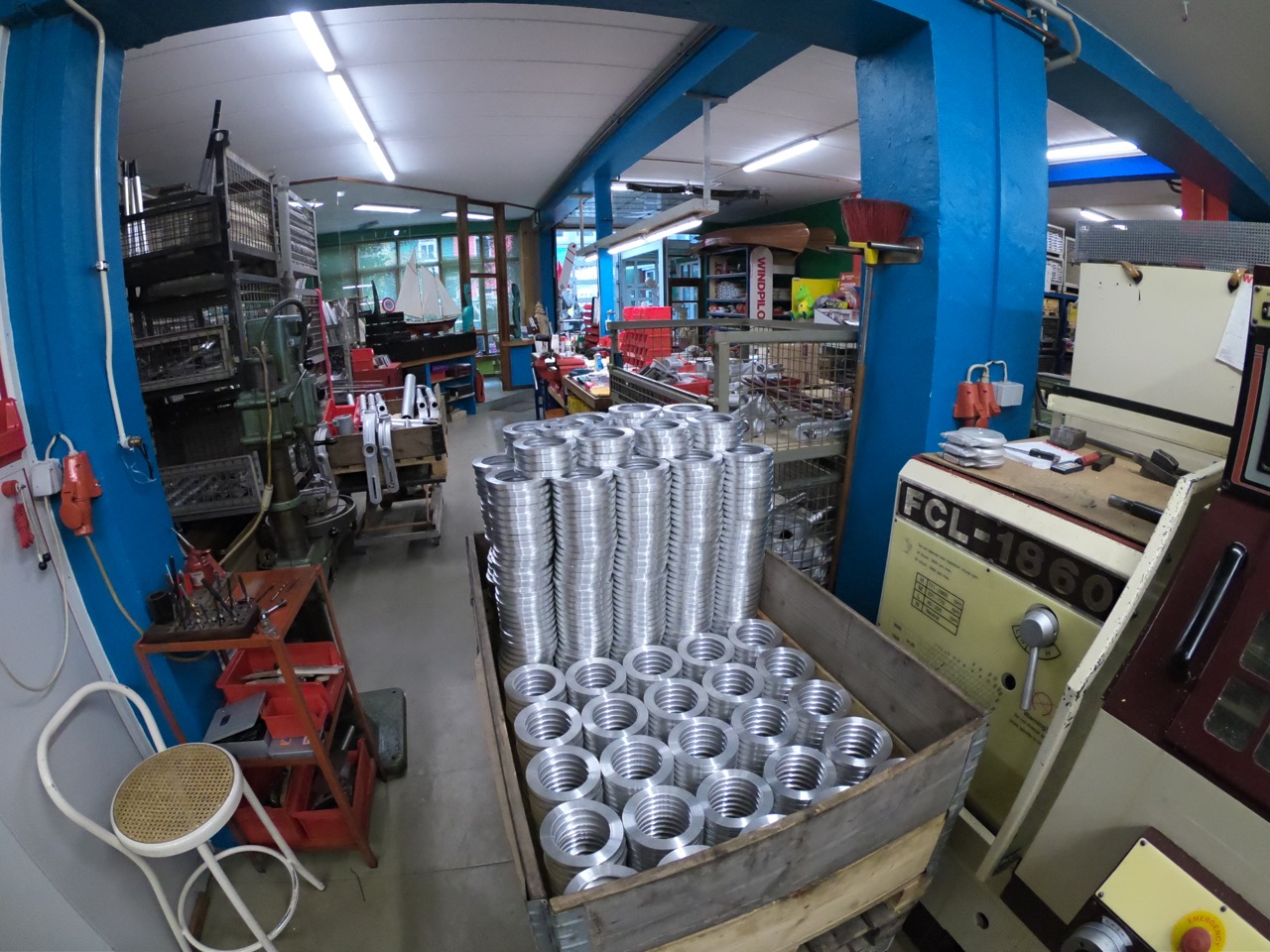
I say this not as a cry for help, an anguished pitch for sympathy shopping from the Windpilot sweatshop, but rather to give the reader an idea of what goes into creating a Windpilot. That, indeed, is the whole point of this contribution.
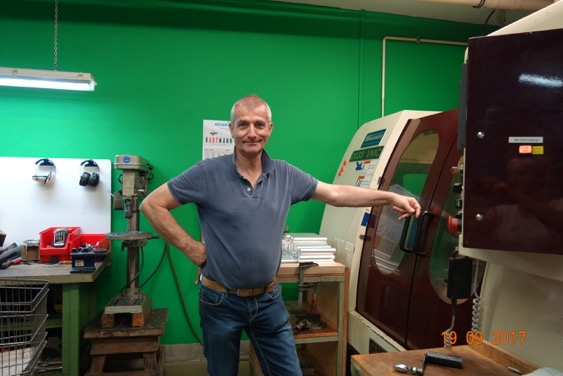
The wheel adaptor comprises a total of about 36 individual parts. Four of these are castings, which together require four goes on the automatic turning machine and two rounds of CNC milling to give a total machining time per set (the four castings) of 24 minutes.
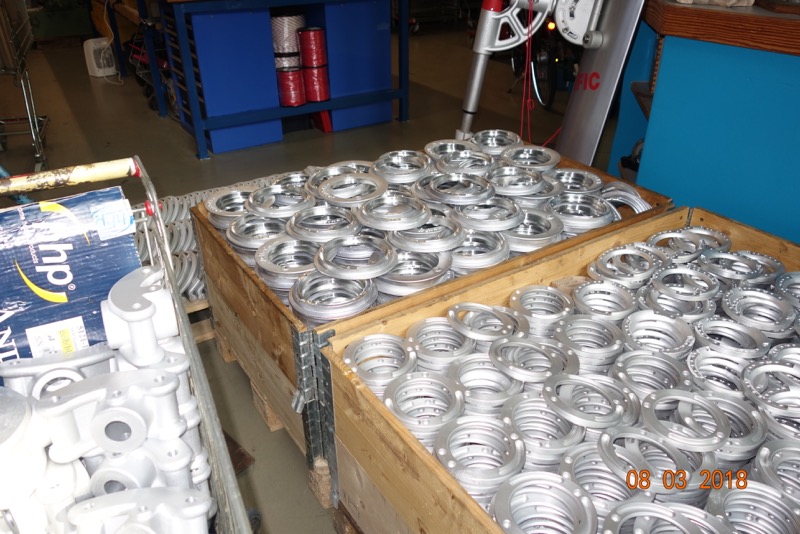
This works out to 200 hours at the CNC machines for a run of 500 wheel adaptors – not including set-up time and tool/program changes.
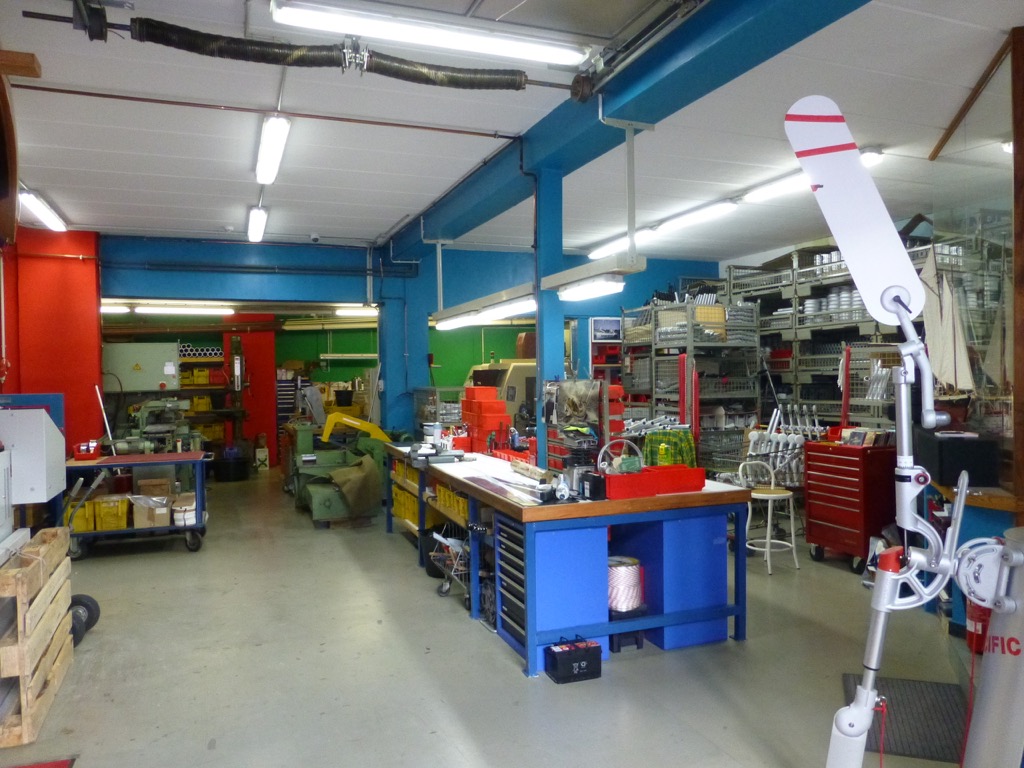
Machining is followed by cleaning, deburring, smoothing, polishing, anodising, assembly, finishing and packaging. Even we sometimes find it difficult to believe the volume of work involved in sculpting these inconspicuous little charmers (just the right amount of work for our winter 2017/2018, as it turned out).
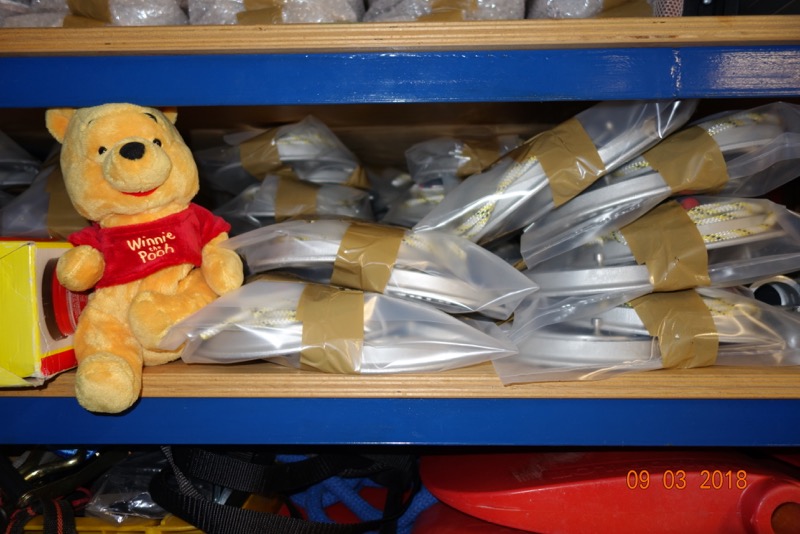
We do all of this just to produce an accessory for our PACIFIC, you ask yourself? Well, yes and no: our wheel adaptor can now also be found in the service of many boats sporting an ARIES, MONITOR or SAILOMAT windvane steering system.
Just in case you were wondering…
Peter Foerthmann
































